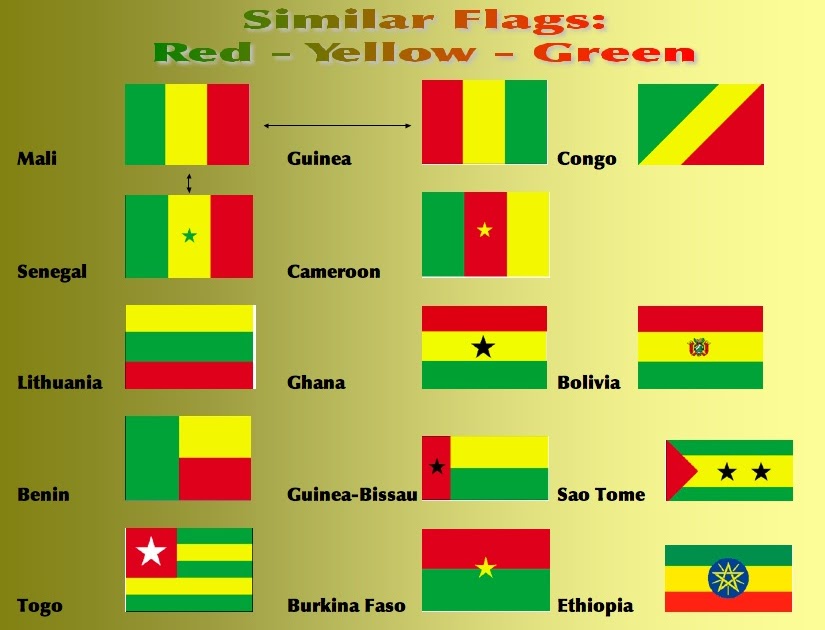Understanding The Green Yellow Red Flag: A Comprehensive Guide
The concept of the "green yellow red flag" is a fascinating one, particularly in various contexts such as psychology, relationships, and sports. It serves as a visual representation of caution, awareness, and importance, reminding individuals to pay attention to potential issues or positive signs. As we explore this intriguing topic, we will delve into its meanings, implications, and relevance in different areas of life. Understanding the intricate layers of these flags can help people navigate relationships and situations more effectively.
In the realm of interpersonal relationships, the "green yellow red flag" can be a tool for evaluating compatibility and understanding potential warnings. Green flags signify positive traits, yellow flags indicate caution, and red flags suggest danger or incompatibility. By recognizing these signals, individuals can make informed decisions about their relationships and personal interactions. This article will dissect each flag and provide practical examples of how they manifest in everyday life.
Additionally, the "green yellow red flag" concept is not limited to romantic relationships but extends to various domains such as workplace dynamics, mental health, and even sports. By gaining insight into the meanings behind these flags, individuals can improve their decision-making skills, enhance their emotional intelligence, and foster healthier connections with others. Join us as we explore the depths of the "green yellow red flag" and what it can teach us about ourselves and the world around us.
What Does Each Flag Represent?
The "green yellow red flag" system is a simple yet effective way to categorize behaviors and situations. Here’s a breakdown of what each flag represents:
- Green Flag: Positive traits that indicate a healthy relationship or situation.
- Yellow Flag: Behaviors or situations that require caution but are not necessarily detrimental.
- Red Flag: Warning signs that indicate potential problems or incompatibility.
How Can Green Flags Enhance Relationships?
Green flags are vital in nurturing relationships, whether they are romantic, platonic, or professional. Recognizing these flags can lead to more fulfilling connections. Some examples of green flags include:
- Open communication and honesty.
- Mutual respect and support.
- Shared values and goals.
What Are Common Yellow Flags to Watch For?
Yellow flags serve as cautionary signals that something may not be quite right. It’s essential to pay attention to these signs before they escalate into more significant issues. Common yellow flags can include:
- Inconsistent behavior or mood swings.
- Lack of accountability for actions.
- Frequent arguments over trivial matters.
Which Red Flags Should Never Be Ignored?
Red flags are critical indicators of potential danger or incompatibility in relationships. Ignoring these signs can lead to severe consequences. Some red flags to be aware of include:
- Controlling or manipulative behavior.
- Disrespect or belittling comments.
- Dishonesty or deceitfulness.
How to Approach the Green Yellow Red Flag System in Your Life?
Implementing the "green yellow red flag" system into your life requires self-awareness and reflection. Here are some steps to consider:
- Assess your relationships and interactions regularly.
- Communicate openly with others about your feelings.
- Be honest with yourself regarding your boundaries and expectations.
Can the Green Yellow Red Flag System Apply to Professional Settings?
Absolutely! The "green yellow red flag" system can be beneficial in professional environments as well. Identifying these flags within the workplace can enhance team dynamics and productivity. For instance:
- Green Flags: Team members who consistently meet deadlines and support each other.
- Yellow Flags: A lack of collaboration on projects or decreased morale.
- Red Flags: Toxic behaviors such as gossiping or undermining colleagues.
Why Is It Important to Recognize Flags Early?
Early recognition of green, yellow, and red flags can save individuals from unnecessary heartache and stress. Addressing issues while they are still manageable can lead to more positive outcomes and healthier relationships. Here are some key reasons to stay vigilant:
- Prevents emotional burnout and stress.
- Encourages growth and understanding in relationships.
- Promotes a healthier environment, whether at home or work.
Conclusion: Embracing the Green Yellow Red Flag Framework
In conclusion, the "green yellow red flag" framework offers a valuable perspective on relationships and interactions in various aspects of life. By recognizing and understanding these flags, individuals can make informed choices, prioritize their well-being, and foster healthier connections. Whether navigating the complexities of personal relationships or managing professional dynamics, the green yellow red flag system provides a roadmap for awareness and growth. Embrace the flags, and let them guide you toward a brighter, more fulfilling future.
Article Recommendations


